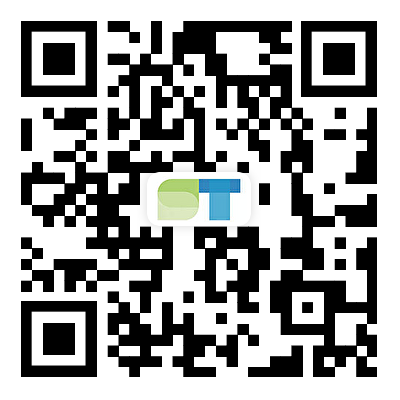How a Single Phase Smart Energy Meter Works
2023-10-17
A single-phase smart energy meter is an electronic device used to measure and record the consumption of electricity in residential or small commercial settings. It utilizes advanced technology to monitor and communicate energy usage data. Here's a general overview of how a single-phase smart energy meter works:
Energy Measurement: The smart meter measures the electrical energy consumed by the connected load in kilowatt-hours (kWh). It measures the voltage and current flowing through the meter and calculates the power using the formula P = VI, where P represents power, V represents voltage, and I represents current.
Data Acquisition: The meter continuously samples the voltage and current waveforms to capture the instantaneous power consumption values. These values are recorded at regular intervals, such as every few seconds or minutes, depending on the meter's configuration.
Data Processing: The recorded energy consumption data is processed within the smart meter using built-in microprocessors and algorithms. The meter calculates various parameters such as active power, reactive power, power factor, and cumulative energy usage based on the acquired data.
Communication: Smart energy meters are equipped with communication capabilities to transmit energy consumption data to the utility provider or a central monitoring system. They typically use communication protocols such as cellular networks, power line communication (PLC), or wireless technologies like Wi-Fi or Zigbee to transfer the data.
Load Control and Tariff Management: Some smart energy meters support load control functionalities, allowing the utility provider to remotely manage and control specific appliances or loads to optimize energy usage. Additionally, the meter may support different tariff structures, enabling time-of-use billing or demand-based pricing to encourage energy efficiency.
Display and User Interface: Smart energy meters often feature a display or user interface to provide real-time energy consumption information to the consumer. This display may show current power usage, historical consumption data, and other relevant information. Some meters also offer online portals or mobile apps for users to access and monitor their energy usage remotely.
Meter Data Management: The energy consumption data collected by the smart meter is typically stored within the meter itself or transmitted to a centralized meter data management system. This data can be utilized by utility providers for billing, load forecasting, demand management, and other analytical purposes.
Overall, a single-phase smart energy meter combines accurate energy measurement with advanced communication and data processing capabilities to enable more efficient energy management and provide real-time consumption information to consumers and utility providers.


